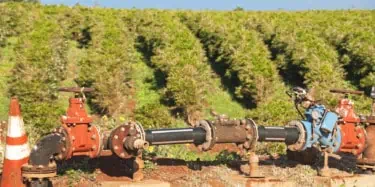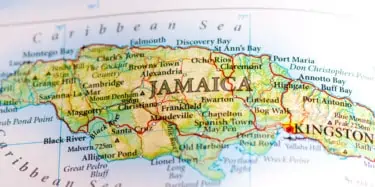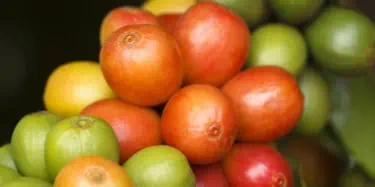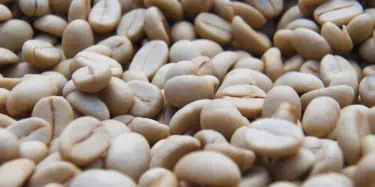I first heard of USDA 762 from the newly formed Specialty Coffee Association of Indonesia in 2007 or 2008. On their website they discussed coffee varieties being grown in Indonesia and had a section discussing Ethiopian lines. Mentioned are 3 varieties: Abbysinia, Rambung and USDA. The former two I have done plenty of research on but that is another story. The USDA one I have found most
Demystifying Mokka
On the Island of Maui a unique cultivar called Mokka is commercially cultivated. I first heard of it perhaps a decade ago and over the years I have heard things like it is a varietal brought from Yemen or Ethiopia; always an air of mystique around its origins. While it’s a wonderfully romantic notion that it is some unknown cultivar from who knows where, the reality is that there is nothing
Jamaica
Jamaica has long grown coffee, at one time, for a short while, it was one of the world’s largest producers of the crop. Much of the coffee comes from Jamaica’s famed Blue Mountains. Despite its reputation for quality I, like many coffee professionals, cannot remember a time in which it actually was great. I traveled to Jamaica recently to better understand the industry there and why the coffee is
Understanding the Geisha Cultivar
Like many people in coffee, the Geisha cultivar in Panama fascinates me. I’ve done as much research into its history, as well as other Ethiopian cultivars, as anyone. While I have a lot to say on it here I want to focus on some aspects of its history that were unknown to me until a few days ago and relate a period of its history I haven’t heard before. Most people who know of the Geisha know of
Honey Coffees: A Mostly Sweet Deal
I’ve spent the last week with Graciano Cruz in El Salvador, cupping lots of coffees, many of which are honey coffees he is working on. Honeys are a style recently being experimented with quite a lot in Central America, also called pulped natural and pulped sundried coffees elsewhere. In traditional wet-processing coffee cherries have the skin pulped off and then the fruit layer, called mucilage,
Picking Ripe: Not as easy as it sounds
In most places around the world coffee is harvested by hands. Quite often in marketing for coffee from various regions and farms they extol the virtues of selective hand harvesting. Everyone claims to only pick ripe red cherry. But how ripe? And how evenly ripe? The reality is most coffee is not harvested as ripe as it could be despite marketing claims. Does the ripeness of the cherry matter? I
Typica –No Longer typical
Once upon a time not so long ago most of the coffee planted in the world was from one varietal, Coffea Arabica Var. typica or typical coffee. 100-150 years ago it didn’t mater where in the world your coffee came from Sumatra, India, The Americas the trees were essentially of same variety (exception being coffees from Ethiopia and Yemen and later the island of Reunion). The reason for this lack of
Green Coffee Freshness
It’s a well known fact that roasted coffee has a limited shelf life before it begins losing its flavors. But what about green (un-roasted) coffees? They too don’t last forever. 100 years ago it would have been said that most coffees need a year or 2 of age before they are good to use. However most coffee back then was a quite difficult animal. Wet processing was still in its infancy and fairly














